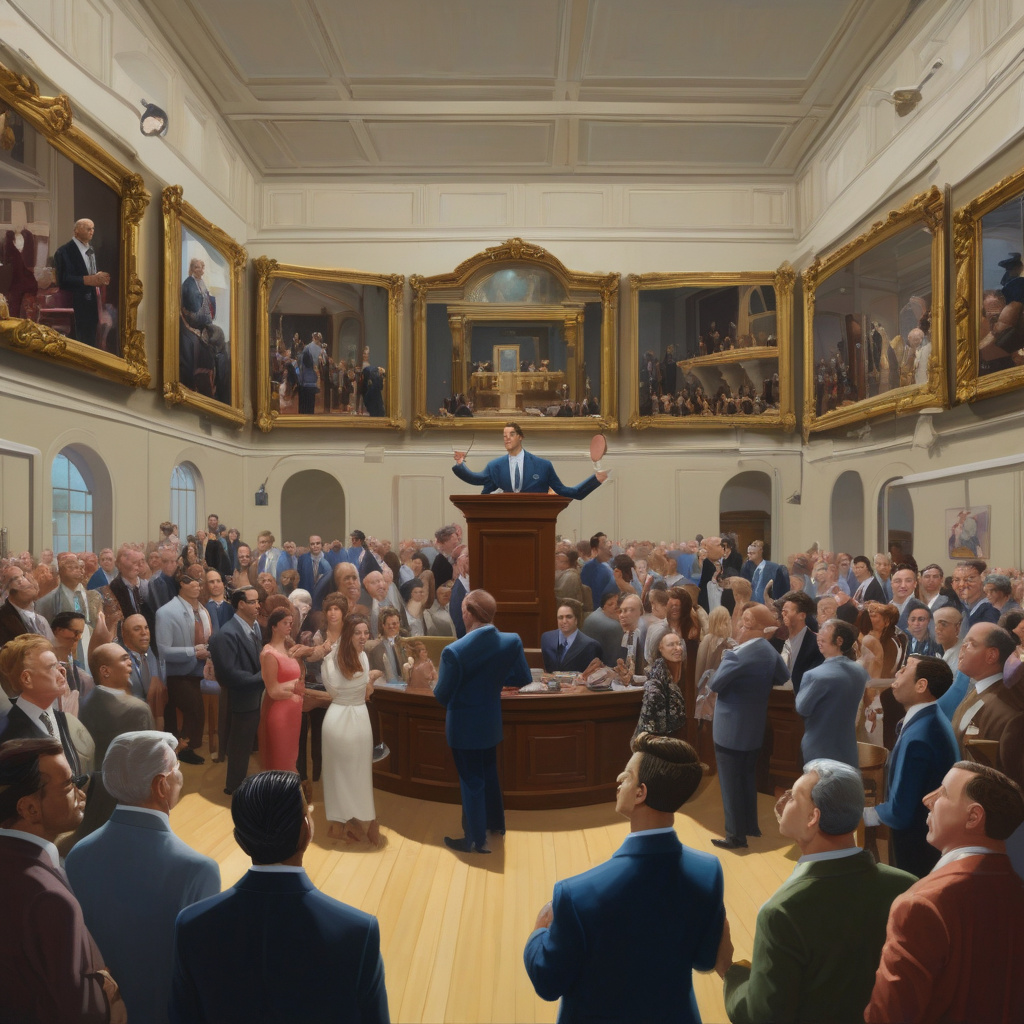In a surprising turn of events, Christie’s recently held its first-ever art auction solely dedicated to pieces created with Artificial Intelligence (AI). Despite facing opposition from nearly 6,500 artists demanding the event’s cancellation, the show, named Augmented Intelligence, proceeded as planned. To the surprise of many, the auction reportedly surpassed expectations by generating over $700,000 in sales. This success was further underscored by numerous lots selling for amounts that exceeded their initial high estimates.
The controversy surrounding Christie’s decision to host an AI art auction highlights the intersection of technology and traditional art forms. While some may view AI-generated art with skepticism, the results of the Augmented Intelligence auction demonstrate a growing acceptance and appreciation for this innovative medium within the art community. By showcasing these AI-created works, Christie’s not only pushed boundaries but also opened up new avenues for artistic expression and exploration.
The significant financial success of the Augmented Intelligence auction speaks volumes about the evolving landscape of art and technology. It indicates a shift in how AI is perceived in the creative realm, challenging conventional notions of authorship and creativity. As AI continues to play a more prominent role in various industries, including art, it prompts us to reconsider the very definition of artistry and the creative process itself.
Christie’s bold move to host an AI art auction not only defied expectations but also sparked a crucial conversation about the role of technology in shaping the future of art. By embracing AI-generated art, Christie’s has taken a step towards embracing innovation and embracing the possibilities that technology offers to the art world. This forward-thinking approach has not only captured the attention of art enthusiasts but has also set a precedent for future intersections of art and AI.
As technology continues to advance at a rapid pace, the boundaries between human creativity and artificial intelligence are becoming increasingly blurred. The success of Christie’s Augmented Intelligence auction serves as a testament to the growing acceptance of AI as a legitimate tool for artistic expression. It challenges us to rethink our preconceived notions about art and invites us to explore the limitless possibilities that emerge when creativity intersects with cutting-edge technology.
In conclusion, Christie’s AI art auction, despite facing initial opposition, has proven to be a resounding success, exceeding financial expectations and sparking a wider conversation about the role of AI in the art world. By embracing AI-generated art, Christie’s has not only showcased the potential of technology in creative endeavors but has also paved the way for future innovation and exploration in the intersection of art and artificial intelligence. This milestone event marks a significant moment in the evolution of art, highlighting the transformative power of technology in shaping the artistic landscape for years to come.

